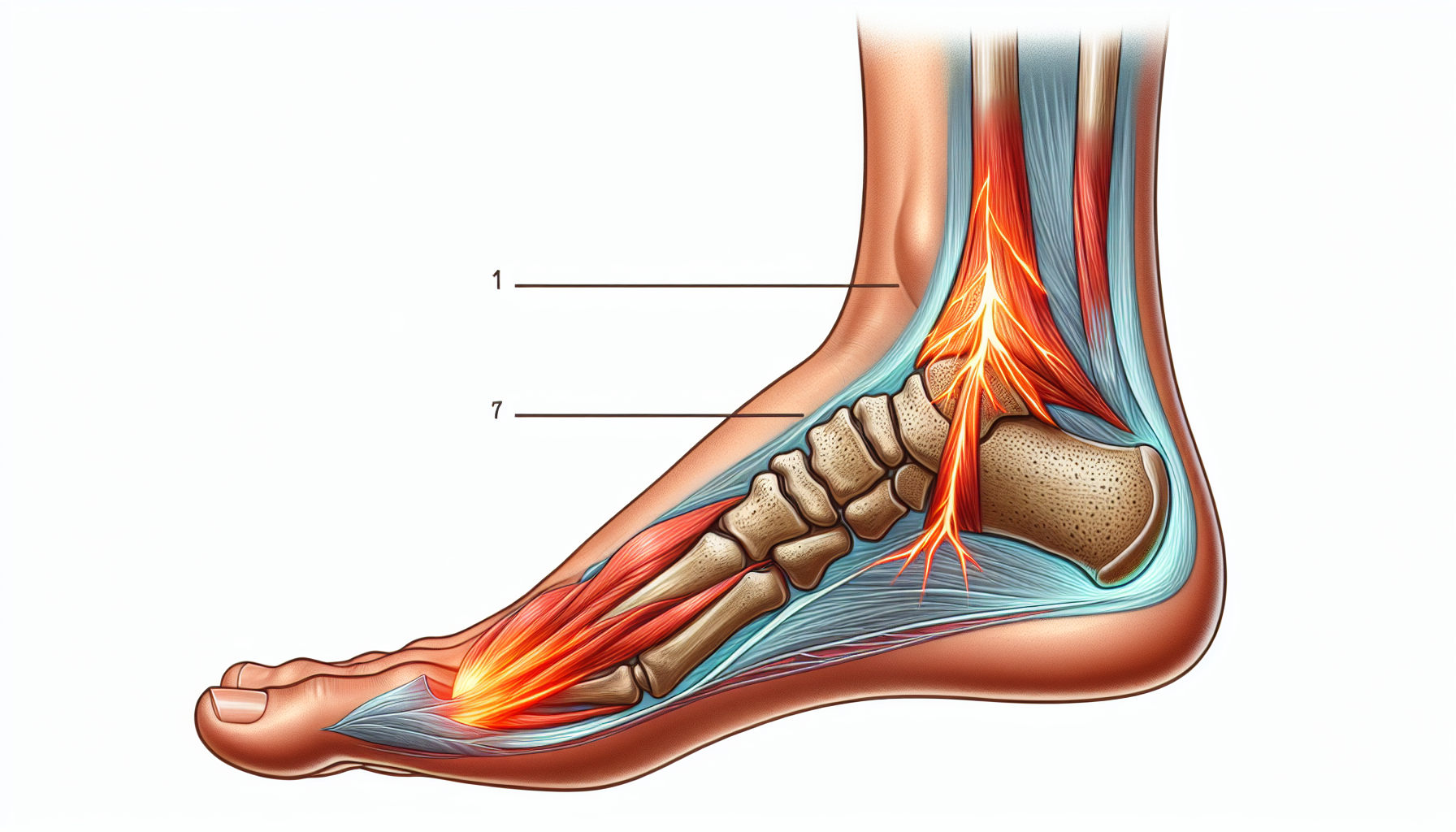
can plantar fasciitis cause ankle pain
Can Plantar Fasciitis Cause Ankle Pain?
Plantar fasciitis is a condition that affects the thick band of tissue, called the plantar fascia, which runs along the bottom of your foot. This tissue plays a crucial role in supporting your arch and absorbing shock during walking or running. When the plantar fascia becomes inflamed or strained, it can cause significant heel pain. But can plantar fasciitis also lead to ankle pain? Let’s explore this connection in detail.
Understanding the Link Between Plantar Fasciitis and Ankle Pain
While plantar fasciitis primarily causes pain in the heel and arch of the foot, it can indirectly lead to ankle discomfort. Here’s how:
- Altered Gait: When dealing with heel pain from plantar fasciitis, many people subconsciously change the way they walk to avoid discomfort. This altered gait can place additional strain on the ankle, potentially causing pain.
- Muscle Imbalance: The plantar fascia is connected to other structures in the foot and lower leg. If the fascia is inflamed or tight, it can impact the surrounding muscles and tendons, including those that support the ankle.
- Compensatory Stress: Overcompensating for plantar fasciitis pain may lead to increased pressure on the ankle joint, contributing to discomfort or even secondary injuries.
Symptoms to Watch For
If you’re experiencing ankle pain alongside plantar fasciitis, it’s important to pay attention to the following symptoms:
- Swelling or tenderness around the ankle joint
- Difficulty bearing weight on the affected foot
- Stiffness or reduced range of motion in the ankle
- Pain that worsens after physical activity
If these symptoms persist or worsen, consult a healthcare professional for proper diagnosis and treatment.
How to Manage and Prevent Ankle Pain Associated with Plantar Fasciitis
Addressing both plantar fasciitis and ankle pain requires a combination of strategies. Here are some tips to help manage discomfort and prevent further complications:
1. Stretch and Strengthen
Regular stretching exercises for the plantar fascia and calf muscles can relieve tension and improve flexibility. Strengthening exercises for the foot and ankle can enhance stability and reduce the risk of pain.
2. Use Supportive Footwear
Wearing shoes with proper arch support and cushioning can alleviate pressure on the plantar fascia and provide additional support to the ankle. Consider using orthotic inserts for added comfort.
3. Rest and Ice
Take breaks from activities that exacerbate your pain and apply ice to the affected areas to reduce inflammation. This can be particularly helpful for both heel and ankle pain.
4. Physical Therapy
If your pain persists, a physical therapist can design a personalized treatment plan to address both plantar fasciitis and ankle discomfort. Therapy may include manual techniques, exercises, and mobility training.
5. Consult a Specialist
If conservative treatments aren’t effective, consult a podiatrist or orthopedic specialist. They can assess your condition and recommend advanced treatment options like corticosteroid injections or, in severe cases, surgery.
Conclusion
Although plantar fasciitis primarily affects the foot, it can contribute to ankle pain due to changes in gait, muscle imbalance, and compensatory stress. By addressing the root cause and taking proactive measures, you can reduce discomfort and improve your overall foot and ankle health.
If you’re experiencing persistent pain, don’t hesitate to reach out to a healthcare professional for guidance. For more tips on managing foot and ankle pain, check out our foot care tips section.